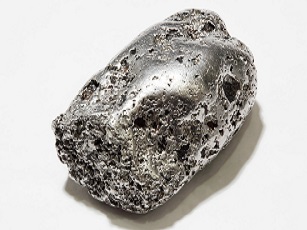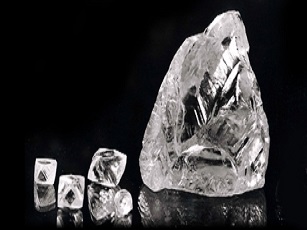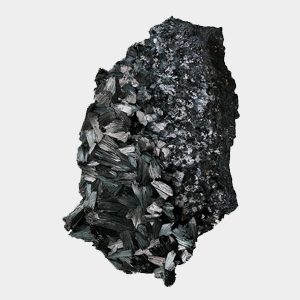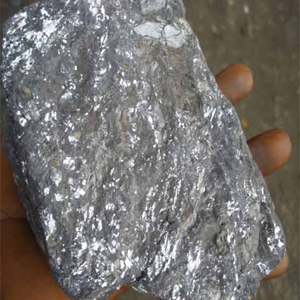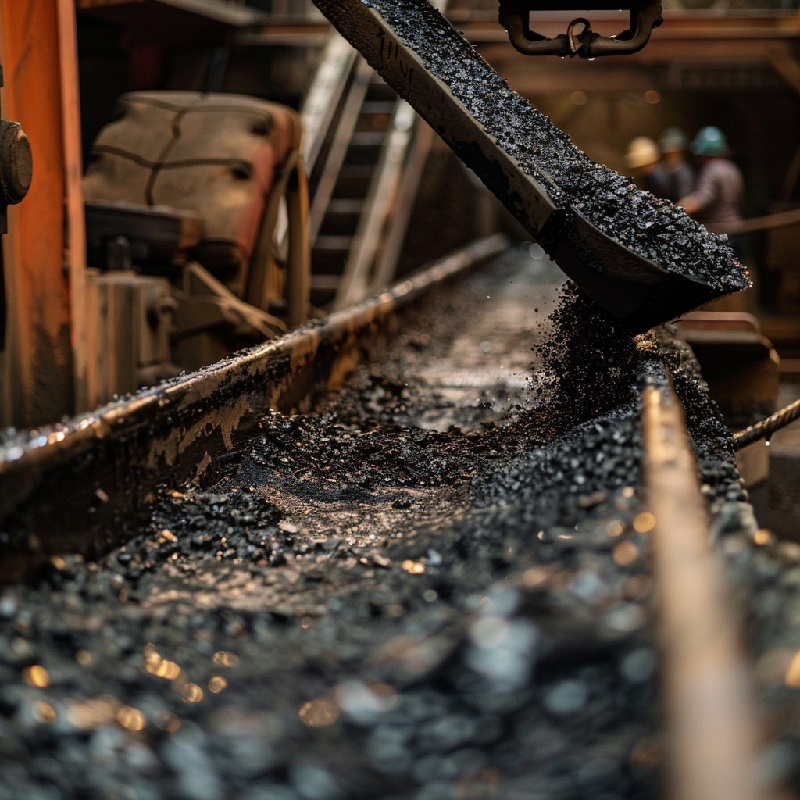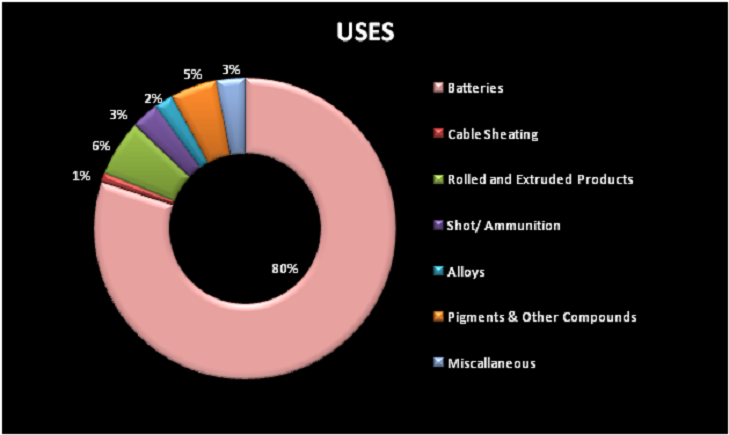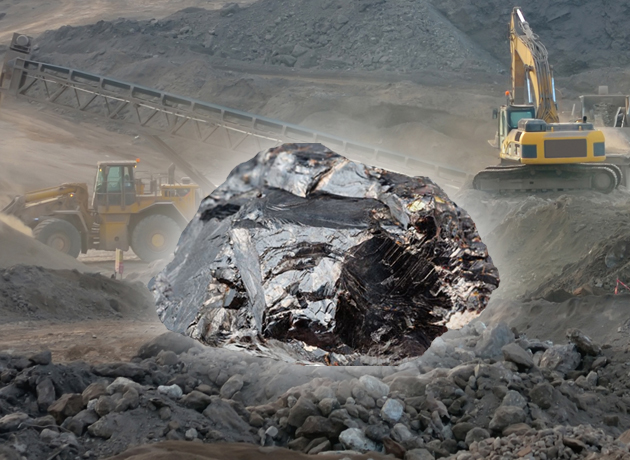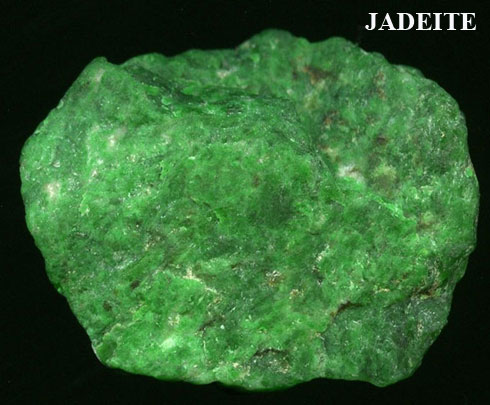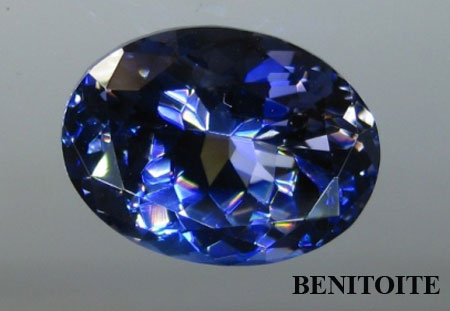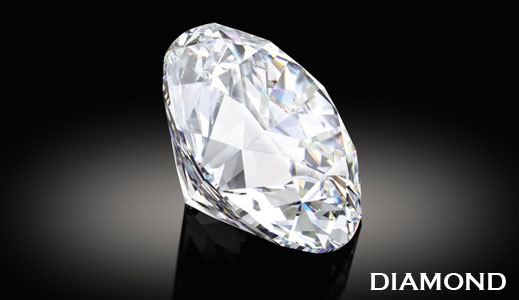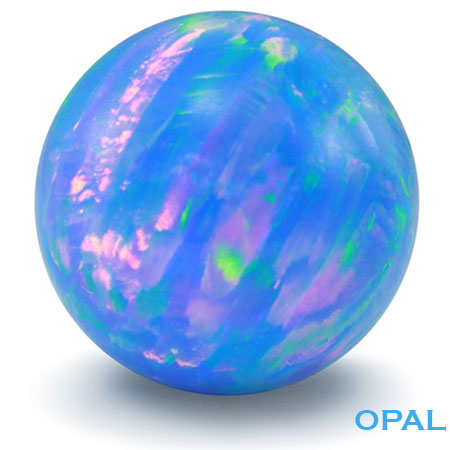Lead Mining
LEAD :
Lead is an intermediate element with the chemical symbol Pb on the periodic table. It has an atomic number of 82. Lead is characterized as a soft, heavy, toxic, and malleable metal.
Lead exhibits a bluish-white hue when freshly cut, but it tarnishes to a dull grayish color when exposed to air and appears shiny chrome silver when melted into a liquid form. It finds applications in building construction, lead-acid batteries, bullets and ammunition, weights, as well as in the composition of solder, pewter, and fusible alloys. With the highest atomic number among stable elements, lead is surpassed only by bismuth, which has an exceptionally long half-life, rendering it practically stable. Similar to mercury, another heavy metal, lead is a toxic neurotoxin that accumulates in soft tissues and bones over time.
Lead has a dull sheen and is an opaque, soft, very malleable, highly ductile, bluish-white metal with poor electrical conductivity. This metal is extremely resistant to corrosion, and because of this property, it is used to contain corrosive liquids. Due to its malleability and resistance to corrosion, lead has long been used in building construction, such as in exterior coverings of roofing joints.
Lead is a toxic metal that can damage nervous connections, especially in young children, and cause blood and brain disorders. Long-term exposure to lead or its salts, particularly soluble salts or the potent oxidant PbO2, can lead to nephropathy and colic-like abdominal pain. Concerns about lead's role in cognitive deficits in children have led to a significant reduction in its use, as lead exposure has been linked to schizophrenia. Most cases of adults with elevated blood lead levels are related to the workplace. High blood levels are associated with delayed puberty in girls.
MINING AND PROCESSING :
Lead is naturally found in free form in nature but is typically extracted from ores such as galena (PbS), anglesite (PbSO4), cerussite (PbCO3), and minum (Pb3O4). Despite constituting only about 0.0013% of the Earth's crust, it is not considered rare because it can be easily mined and refined.
Lead is extracted from ores that are mined from underground mines. It is often found in association with other metals like silver and zinc, and is obtained as a by-product of mining these more valuable metals.
The process of extracting lead materials from the ore is quite intricate. Initially, the lead ore is crushed into small salt-like particles. Then, the flotation process begins, where the powdered lead ore is mixed with water. Pine oil is added, and the introduction of air bubbles and agitation results in the formation of a froth of oil containing the lead ore on the surface.
HOW IS LEAD OBTAINED?
The froth is skimmed off and filtered to eliminate the water. The powder is later sintered at temperatures exceeding 2500°F to oxidize impurities like sulfur. The resulting powder is then subjected to further heating in a blast furnace, where carbon is introduced, resulting in molten lead that is poured into lead molds.
At this stage, approximately 95% pure lead is obtained and undergoes further refinement to achieve a purity greater than 99% through melting and skimming impurities. Once the lead materials attain a sufficient level of purity, they are cast into lead blocks as the finished product. Occasionally, small quantities of impurities like copper, antimony, tin, and zinc are added to create lead alloys with diverse properties.
THE MANUFACTURING PROCESS OF LEAD:
Mining the ore :
The initial step involves mining the lead ore from underground. Heavy machinery drills into the rocks within deep tunnels or uses dynamite to blast them, fragmenting the ore. Subsequently, the ore is loaded onto loaders and trucks and transported to a shaft. Miners deposit the ore down the shaft, from where it is hoisted to the surface.
Concentrating the ore :
Once extracted from the mine, the ore undergoes treatment at a concentrating mill. Concentration typically involves separating the waste rock from the lead. The ore is crushed and ground at the mill, reducing it to particles with diameters of 0.1 millimeter or less, finer than table salt, resulting in a granulated sugar-like texture.
Flotation process :
Sulfur constitutes a significant portion of the mineral in lead ore, known as lead sulfide or galena. The flotation process aids in extracting the sulfur-bearing segments of the ore, which also contain the valuable metal. The finely crushed ore is mixed with water to form a slurry, to which a small amount of pine oil is added. This pine oil attracts the sulfide particles, allowing air to be bubbled through the mixture. Consequently, the sulfide particles form an oily froth at the surface while the gangue settles at the bottom. X-ray analyzers play a crucial role in this flotation process. By analyzing the metal content of the slurry, adjustments can be made to the chemical additives to optimize metal recovery. Therefore, additional chemicals like alum and lime, which aid in concentrating the minerals, are introduced into the tank. The salt xanthate is also included in the slurry, assisting the metal particles in floating to the surface. This process effectively separates the lead from the rock, as well as from minerals such as zinc and copper.
Filtering process :
The concentrated ore is then filtered, removing approximately 90% of the water. This concentrate contains about 40-80% lead, along with higher quantities of other impurities. At this stage, it is shipped to the smelter. The gangue, which is waste rock, serves no purpose as it does not contain minerals. It is expelled from the tank and disposed of in a pond or natural lake, where the land is later reclaimed once the area is filled.
Roasting the ore :
The filtered lead concentrate requires refining to eliminate sulfur and other impurities. To achieve this, it is blended with other lead-bearing materials, sand, and limestone. The entire mixture is then spread on a moving grate, through which heated air at 2,550°F is blown. Upon adding coke as a fuel, the sulfur in the concentrate combusts into sulfur dioxide gas. This gas, an important byproduct of the lead refining process, is captured at a separate acid plant and converted into sulfuric acid for various uses. Once the ore has been roasted, it fuses into a brittle material known as sinter, primarily composed of lead oxide but may also contain zinc, iron, and silicon oxides, along with lime and sulfur. The sinter, upon removal from the moving grate, is broken into lumps and loaded into the blast furnace.
Blasting process :
With coke as the fuel, the sinter is added to the top of the blast furnace. A blast of air comes out through the lower part of the furnace, burning the coke. This burnt coke generates a temperature of about 2,200°F and produces carbon monoxide. The carbon monoxide reacts with lead and other metal oxides to produce molten lead along with waste slag and carbon dioxide. The molten metal is then drawn off into dross kettles or molds.
Refining process :
The molten lead produced from the blast furnace is about 95-99% pure and is referred to as base bullion due to its high purity. However, it must undergo further refinement to remove impurities, as commercial lead must be approximately 99-99.999% pure. This base bullion is maintained in a drossing kettle at a temperature just above its melting point, which
is about 626°F, for the refining process. At this temperature, any remaining copper in the bullion rises to the top of the kettle and forms a scum or dross that can be skimmed off. To remove the presence of gold and silver from the bullion, a small quantity of zinc is added to it. Both gold and silver dissolve more easily in zinc than in lead. As the bullion slightly cools, zinc dross rises to the top, carrying the other metals along with it.
Casting process :
Finally, when the lead has been adequately refined, it is cooled and then cast into blocks as a finished product, which may weigh several tons. Alloys of lead can also be produced at the smelter plant. Metals added to the molten lead in precise proportions create a lead material tailored for specific industrial purposes. For instance, lead used in car batteries, pipes, sheets, cable sheathing, and ammunition is blended with antimony as this enhances the strength of the metal.
ANNUAL LEAD USAGE :
LEAD PRODUCTION IN THE WORLD :
Australia holds the title of the largest producer of lead materials globally, followed by the USA, China, and Canada. Lead extraction primarily occurs in underground mines. While over 60 minerals contain lead, only galena, cerussite, and anglesite are commercially viable. The United States stands as both the world's largest producer and consumer of refined lead metal. Other major mine producers outside the U.S. include Australia, Canada, China, Peru, and Kazakhstan. In the U.S., six lead mines in Missouri, along with lead-producing mines in Alaska and Idaho, accounted for domestic mine production. Additionally, significant amounts of lead are recovered as by-products or co-products from zinc mines and silver-copper deposits. Below are the top seven lead-producing countries:
( metric tonnes) |
||
|---|---|---|
| |
|
|
| |
|
|
| |
|
|
| |
|
|
| |
|
|
Related Mining

